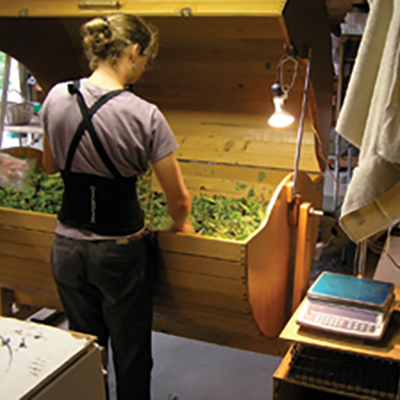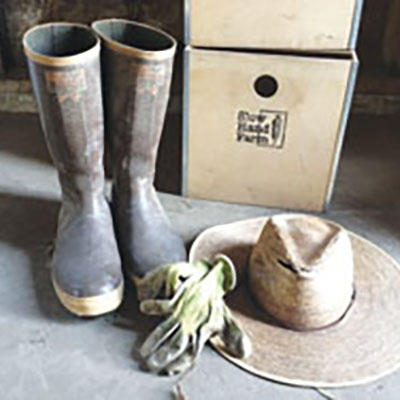In the past few issues, I’ve profiled the equipment choices of three farms from 16 acres to 90 acres. I don’t want to leave out the smaller farms, though, and one farm I work with that falls into that category is Skyline Farm with about 1.5 acres in mixed vegetables plus small plantings of small grains and dry beans, berries, tree fruit, perennial herbs and cut flowers. Skyline Farm is located just outside of Portland, Oregon. The farm is owned by the same couple who owns Meriwethers Restaurant in Portland, 12 miles from the farm. Although the businesses are run separately, the restaurant is the sole customer for the farm, buying everything the farm can produce and providing input into the crop selection.
2011 is the fourth full season for the farm, which harvests year-round and employs three to four folks three days a week. I helped set up the farm in its current form and chose to have more people working part time instead of just one or two working full time, and that arrangement has worked well for the last three years. I’ve also added some of the equipment selections to the farm so they may be familiar to regular readers of my articles, although quite a bit of the equipment preceded me so there are a few items that I haven’t yet written about.
Field equipment
For tillage and bed preparation the farm uses a Kubota L5030, which has a cab and front-end loader/front forks (54”center to center on wheels). A combination of a 6’ Woods rotary mower, a 6’ Woods rototiller, and a 5-shank Schmeiser chisel plow are used to prepare beds for planting. This equipment is totally oversized for the farm’s needs, but it actually works pretty well and I have to say that having a cab on the tractor is a great thing that I never would have considered before. A cab on a tractor protects the driver from dust, noise, sun and cold. I was impressed that it doesn’t really impede visibility either, and with rear-view mirrors, it also saves some neck strain when making close passes with the tiller or mower. Because the tiller is so wide and the plantings are typically small, we turn a single pass into two beds on 3’ centers (2’ bed tops). Bed pathways are marked out using a custom garden cart with wheels on 3’ centers (see October 2010 GFM). The cart can also be outfitted with a rolling bed marker to mark out the planting lines, as well as inline spacing for transplants. Spreading amendments is done with a Scotts 3000 lawn drop spreader that was salvaged from a dumpster and was drilled out to allow more material to flow.
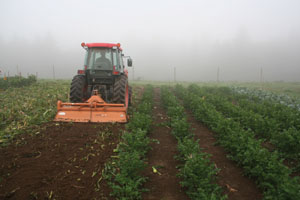
The farm also has a simple tool bar with three furrowers, which are used to pull furrows for potatoes and leeks. Unfortunately, the wheel spacing on the tractor doesn’t work out well for using the furrowers on a convenient spacing, and it’s also difficult to use them for hilling, given the size of the tractor.
Transplanting is all done by hand and seeding is done with an Earthway precision seeder. Cultivation is done with avariety of hoes, from eye hoes and hula hoes, to the well liked DeWitt diamond hoes and Rogue scuffle hoes. Some of the inexpensive hula hoes the farm inherited had short handles so those were replaced with long push broom handles to make them more ergonomic. For widely spaced crops such as winter squash, a bow rake is used for keeping soil loose and weed free. We’re also working on cultivation attachments for the cart, which would make it into a kind of hand-pushed cultivating tractor. A flame weeder with a backpack-mounted propane tank is used for pre-emergent weeding.
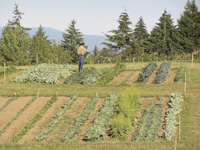
The one other piece of field equipment is a Kubota RTV 900 utility vehicle. This mini version of a pickup truck is a nice size for getting into and out of the fields with minimal impact, and it makes trips back and forth to the barn easier, especially with heavy harvests.
There are a few small pieces that the farm uses to save time. A Tapener tape gun for tying up plants to trellising and stakes saves time. Danny, the farm manager, also recommends black plastic bags filled with dirt for holding down floating row cover. He gets the bags at Nolts Produce Supply.
Irrigation
One of the main limitations for the farm is water. An 800’ well feeds the system and charges a buried 1” line, giving only about 20 gallons per minute. A significant part of the non-vegetable crops are dry farmed, with no supplemental irrigation. Even some of the vegetables, like squash and melons, are grown without supplemental water, and do surprisingly well with no summer rains.

Vegetable crops are watered with a combination of drip and overhead water. T-tape is used for drip, with one or two lines per bed depending on the crop. The farm has a hand drip winder that sits on the cart for retrieving and rolling out tape (see November 2009 GFM).
Overhead water is typically run overnight to spread out the irrigations. Nelson Windfighter sprinkler heads are used with the smallest nozzle possible and pressure regulators at each head to give us even flow on our very slopey ground. The sprinklers are turned off in the morning by a DIG battery timer since the crew only works every other day. The sprinklers are set up on simple sleds and are connected with 3/4” poly tube which are relatively easy to move around the fields (see June 2009 GFM).
Irrigation duties are rotated on the crew and a tool belt with spare parts and irrigation tools is passed around for the person on irrigation duty to wear, saving time and trips to the barn.
Propagation equipment
The farm has a 20’ x 48’ double wall greenhouse where all of the starts for the farm are grown. Because the crew works three days a week, the greenhouse has to be able to take care of itself most of the week. DIG battery timers with Ein Dor sprinklers mounted on the propagation tables take care of the watering (see January 2010 GFM). Seeds are germinated on bottom heat tables. The tables have spaghetti tubing to transfer heat from water that’s heated by a propane water heater (see January 2009 GFM). These tables are covered with tents of Remay to help keep more heat in since there is no other supplemental heat in the greenhouse. There is no other supplemental heat, but when we built the greenhouse we installed a subterranean heating and cooling system (google SHCS for more information). This consists of thirty 50’ lengths of 3” perforated drain pipe that is buried in the floor of the house and is connected on one end of the house with a manifold and they all pop out of the ground on the other end. A fan pushes air into the manifold and through the pipes when the air temperature is too hot, dumping heat into the soil below the house. When the air temperature gets close to freezing the fan again kicks on and pulls relatively warmer air from underground. We’re still fiddling with the system to get it working efficiently, but it does give about 5-10 degrees of heating and cooling, which is usually enough to keep the house from freezing, and will help cool it when we’re not around to open up the doors. The big problem with the SHCF in our climate seems to be elevated humidity levels in the winter months. The greenhouse also has small HAF (high air flow) fans to keep air circulating continuously around the house continuously.
All of the tables in the greenhouse can be moved outside in the summer time when starts don’t need the extra protection. This allows planting in the ground in the hoop house for late fall and early winter crops.
Wash/Pack
Washing and packing takes place on a concrete 11’ square concrete slab just outside of the barn, and under a roof that provides shade and rain cover. The slab slopes slightly away from the barn and at the end of the slope is a gutter with a slatted cover which drains to a dirt trap, and then into buried perforated pipe. The gutter and trap have to be cleaned out regularly, but this keeps the area around the wash area from ever being muddy. There’s an ice machine, and a stainless 3 tub sink on one side of the slab, cast offs from old restaurants. A simple wood framed wire mesh table for spraying off roots is on the other side. A Metro rack shelf with a digital scale sits in front of the small, 10‘x6’ snap together walk in cooler which is next to the slab. The scale is used to weigh product coming out of the field, either before, or after it’s washed. The cooler was a Craig’s list find from a bar that was going out of business and typically only runs on harvest days to hold the vegetables until they are delivered at the end of the day to the restaurant. Harvest and deliveries are done with Rubbermaid totes and Dacco stack and nest plastic totes.
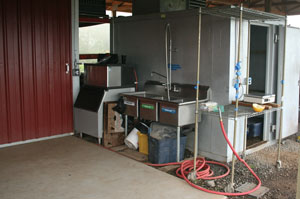
The farm also has a number of farm built bins for harvesting bulky crops like onions, winter squash, popcorn and grinding corn (see September 2009 GFM). A number of farm built 2’x4’ drying racks are also used for beans, grains and herbs. Dry beans and small grains are threshed with an unmodified Roto-hoe chipper shredder, and cleaned using fans for winnowing and an old Vacaway seed cleaner. An antique corn sheller (rescued from a living room) is used to shell corn. Neither of these processes have turned out to be particularly profitable, but they add interest to the restaurant menu, and diversity to the planting rotations.
Skyline Farm benefits from a simple marketing arrangement with one restaurant, and by sharing a well equipped barn and shop, and some larger equipment with a contractor and a catering business. While this might not be typical, many farms I know, small and large, benefit from the relationships they have with neighboring businesses and individuals in the community.
Josh Volk a regular GFM writer on tools and equipment, farms and writes at the edge of Portland, ORegon. He helps farmers around the country improve their farming systems. Visit www.slowhandfarm.com
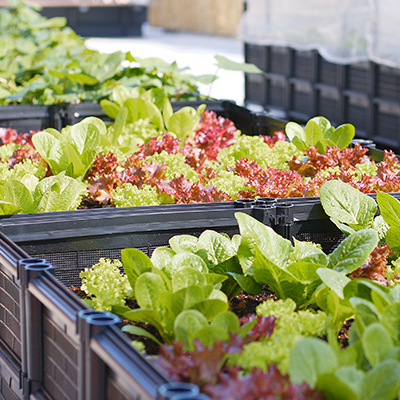
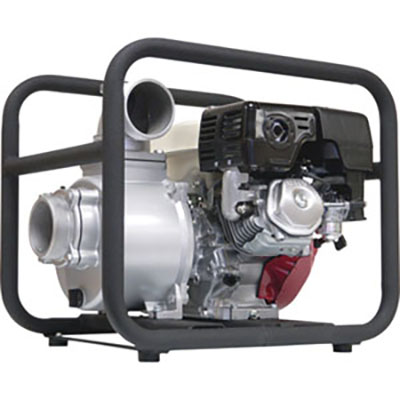
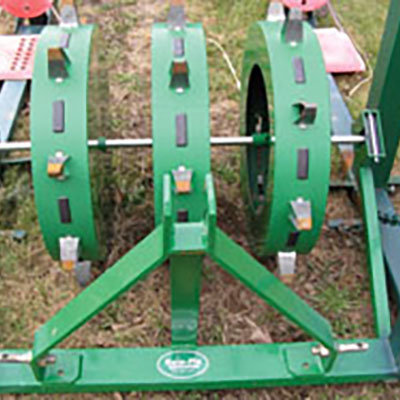
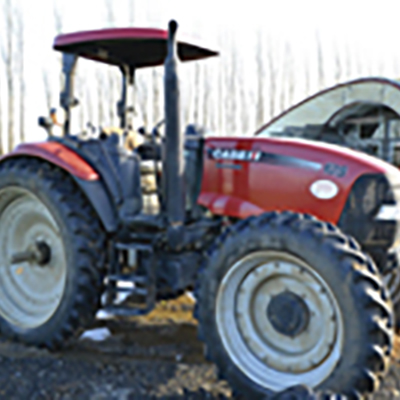
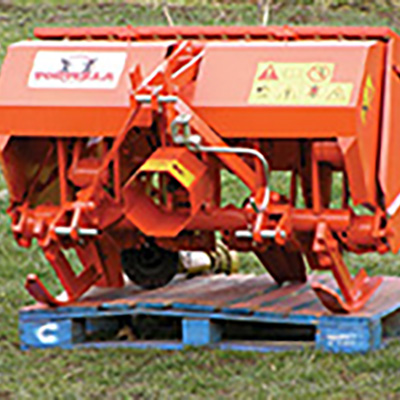
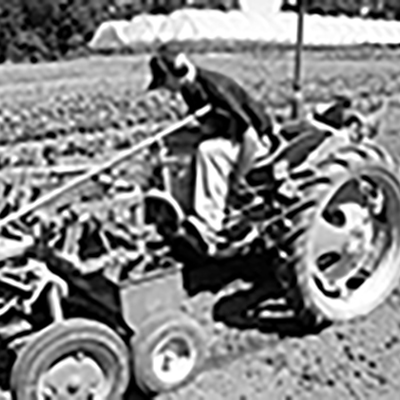
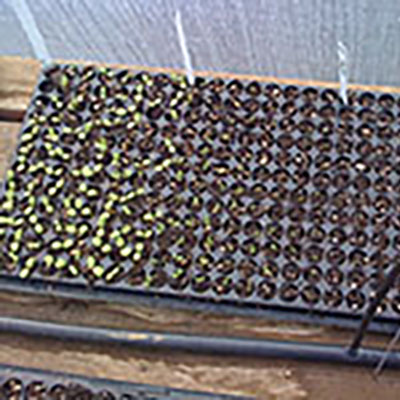

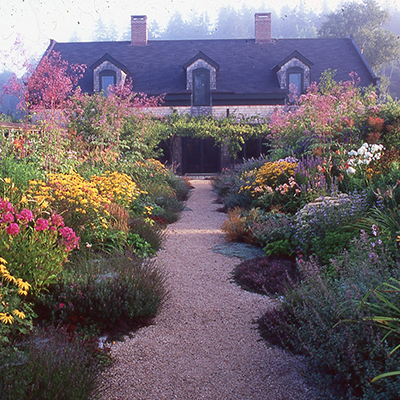
 Since its founding in 1968 by my husband Eliot Coleman, Four Season Farm has sought to produce the best vegetables possible, using soil-based organic methods, on a small amount of land. When I showed up in 1991, Eliot had begun to pioneer winter vegetable production, and I was delighted to give up the landscape design business I’d run in Connecticut and grow veggies with him. Then, about 10 years ago, flowers started to creep in.
Since its founding in 1968 by my husband Eliot Coleman, Four Season Farm has sought to produce the best vegetables possible, using soil-based organic methods, on a small amount of land. When I showed up in 1991, Eliot had begun to pioneer winter vegetable production, and I was delighted to give up the landscape design business I’d run in Connecticut and grow veggies with him. Then, about 10 years ago, flowers started to creep in.
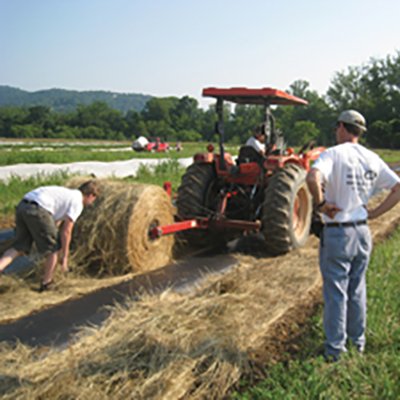
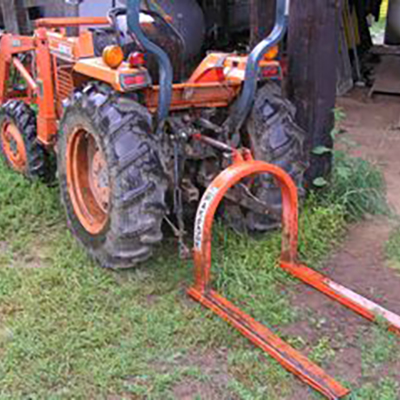
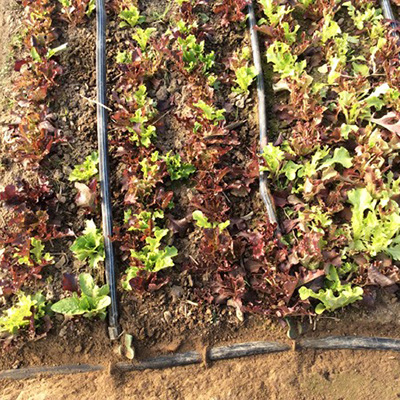
 I was a reluctant adopter of drip irrigation because I thought it would be complicated and there was no one using it nearby for me to learn from. When help arrived, I set up a pilot scheme for our paste tomatoes, and I became a convert. When we put up our hoophouse, we decided on drip irrigation during the design phase. Outdoors, we now use drip for all our long-row, long season crops, and wouldn’t be without it. It has the advantages of minimizing water use, and of not watering foliage and encouraging foliar diseases. A correctly installed drip system can use 50% - 80% less water than traditional overhead impact sprinklers. Furthermore, food safety is better with drip irrigation because the water does not usually touch the leaves, and the risk of transferring any pathogens from the water is reduced.
I was a reluctant adopter of drip irrigation because I thought it would be complicated and there was no one using it nearby for me to learn from. When help arrived, I set up a pilot scheme for our paste tomatoes, and I became a convert. When we put up our hoophouse, we decided on drip irrigation during the design phase. Outdoors, we now use drip for all our long-row, long season crops, and wouldn’t be without it. It has the advantages of minimizing water use, and of not watering foliage and encouraging foliar diseases. A correctly installed drip system can use 50% - 80% less water than traditional overhead impact sprinklers. Furthermore, food safety is better with drip irrigation because the water does not usually touch the leaves, and the risk of transferring any pathogens from the water is reduced.